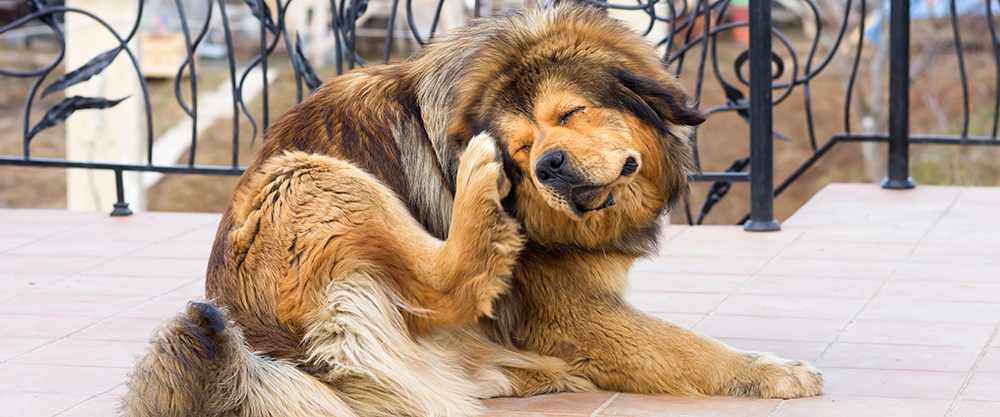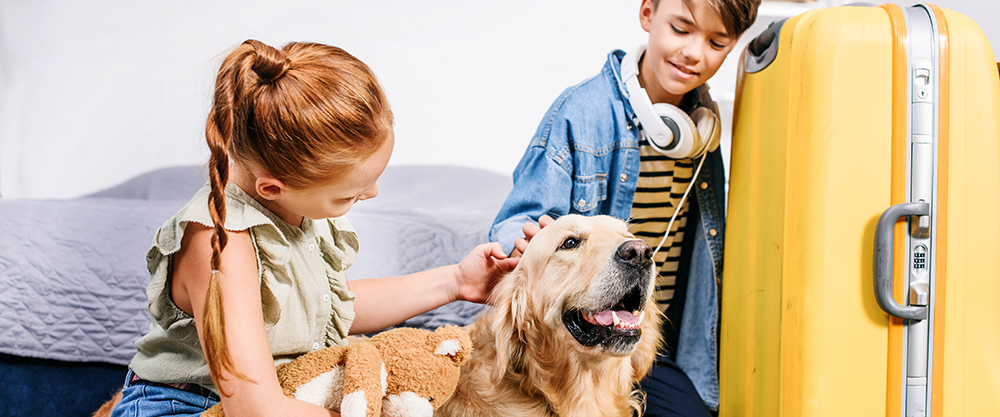While summer weather is preferred by most humans, it can be rough on our furry best friends. Since dogs lack the ability to sweat, they struggle in the summertime to adequately dissipate heat. Listed here are tips for keeping your dog cool and comfortable in the summer.
Create a Cool Environment
Whether your dog lives indoors or out, he or she must always have access to fresh, cold water. If your dog is crated during the day, avoid placing the crate in direct sunlight. For dogs that primarily live outdoors, make sure your pet has access to adequate shade. Other ways to create a cool environment include:
Kiddie Pool
If your dog spends a lot of time outdoors invest in a small kiddie pool and keep it filled with cool water. This solution creates a welcome respite for your dog on a hot day.
Cooling Mat
A cooling mat is made from a material that remains cold, regardless of the outdoor air temperature. Keep the cooling mat on your deck or patio as a safe place for your pet to lounge.
Cooling Vest
If your dog overheats easily during walks, consider using a cooling vest. Like a cooling mat, a cooling vest is made from a material that stays cold when soaked in water or refrigerated. The vest wraps around your dog’s body to keep his or her core temperature within a safe range.
Elevated Bed
Give your dog a cool place to lounge by investing in an elevated bed. These beds are raised above the surface and prevent heat from becoming trapped between your dog and the ground.
Groom with Caution
Well-meaning pet owners sometimes shave their dogs in the summertime to make them more comfortable. However, certain dog breeds should not be shaved, as doing so will further hinder their natural ability to cool themselves. Only dogs with hair, opposed of fur (i.e. poodle, Bichon fries, Shih Tzu, etc.), should receive a summer cut.
Encourage Hydration
Dogs require more water during the summer months, yet many pets are chronically dehydrated. Encourage hydration by adding low-sodium chicken broth to your dog’s water bowl or by purchasing a dog-safe electrolyte replenishing drink mix. During walks carry a portable water bowl and stop for frequent (but small) water breaks.
Understand Hot Weather Dangers
There are many dangers to your dog that only exist during the summer months. These include:
Hot Cars
Never leave your dog unattended in a vehicle on a day that is warmer than 70o F. Even when windows are left ajar, a car can quickly heat to dangerous temperatures within a matter of minutes. For instance, on a 70o F day the interior temperature of a car will reach 89o F within 10 minutes.
Hot Concrete
Concrete and asphalt can heat up to dangerous temperatures when exposed to the sun’s UV rays. Before taking your dog for a walk, use the back of your hand to check the temperature of the sidewalk. If the surface feels hot to the touch, the concrete is too hot for your dog’s paws.
Avoid Excessive Activity
The only defense dogs have against hot weather is panting through their mouth or sweating through their paw pads. For this reason, dogs (especially large and brachycephalic breeds) overheat easily. During the summer, avoid excessive activity. Plan your dog’s exercise for early morning or late evening and acclimate your pet slowly to the weather.
Understand the Dangers of Water Toxicity
Although rare, dogs can ingest too much water during outdoor activities and experience water toxicity. This disease occurs when dogs swallow an excessive amount of water, such as when drinking from a high-pressure hose or playing fetch in a pool or lake.
Know the Warning Signs of Heat Stroke
Finally, all pet owners should understand the signs of heat stroke. If your dog shows any of the following symptoms, seek the help of a veterinarian immediately.
- Excessive panting
- Dehydration
- Temperature above 103o F
- Red gums
- Rapid heart rate
- Irregular heart beat
- Excessive drooling
- Decreased urine production
- Shock
- Confusion
- Seizures
- Incoordination
- Unconsciousness
If caught in time, heat stroke can be reversed but dogs will be at greater risk for overheating in the future. Follow all precautions listed here to ensure the health and safety of your pet in the summertime.


